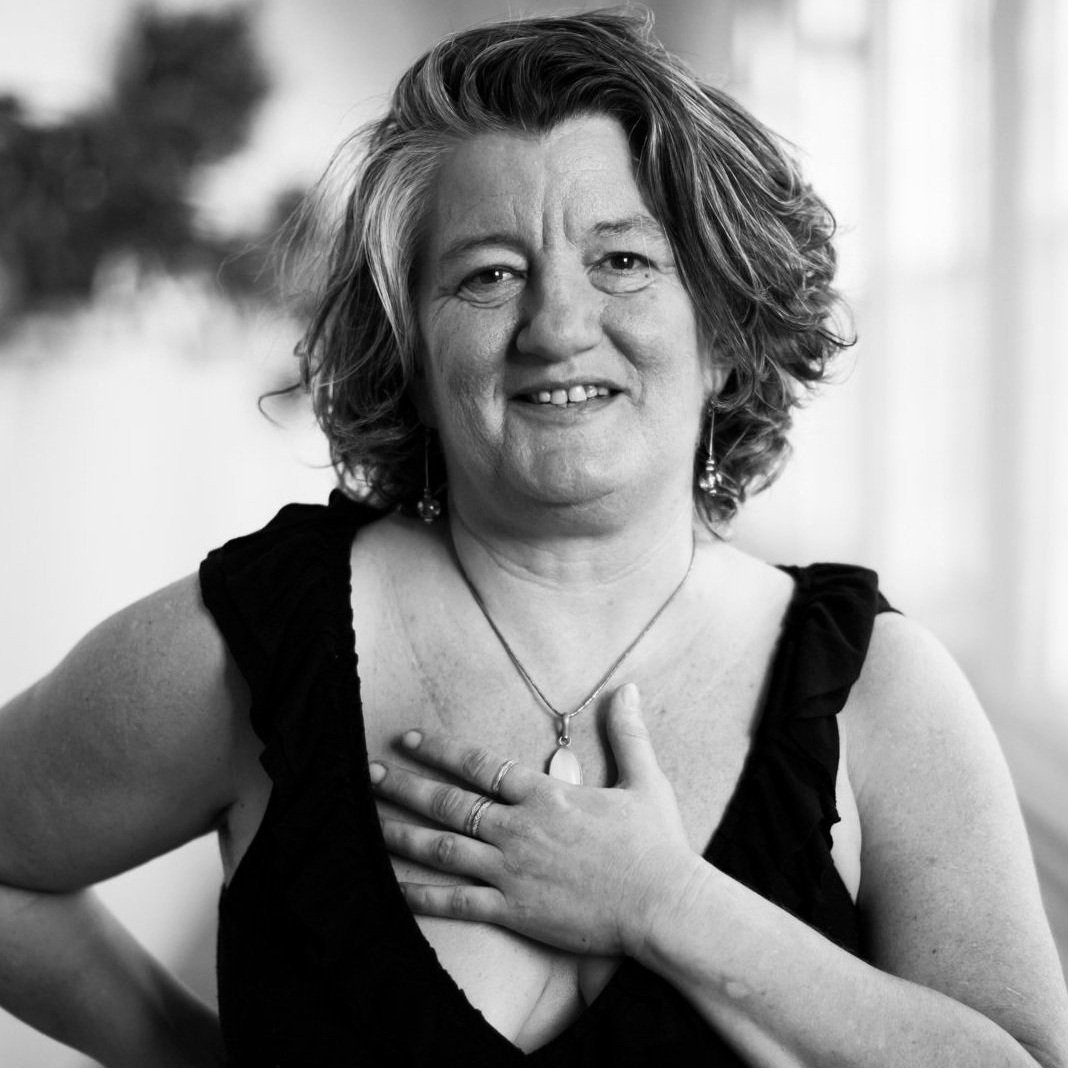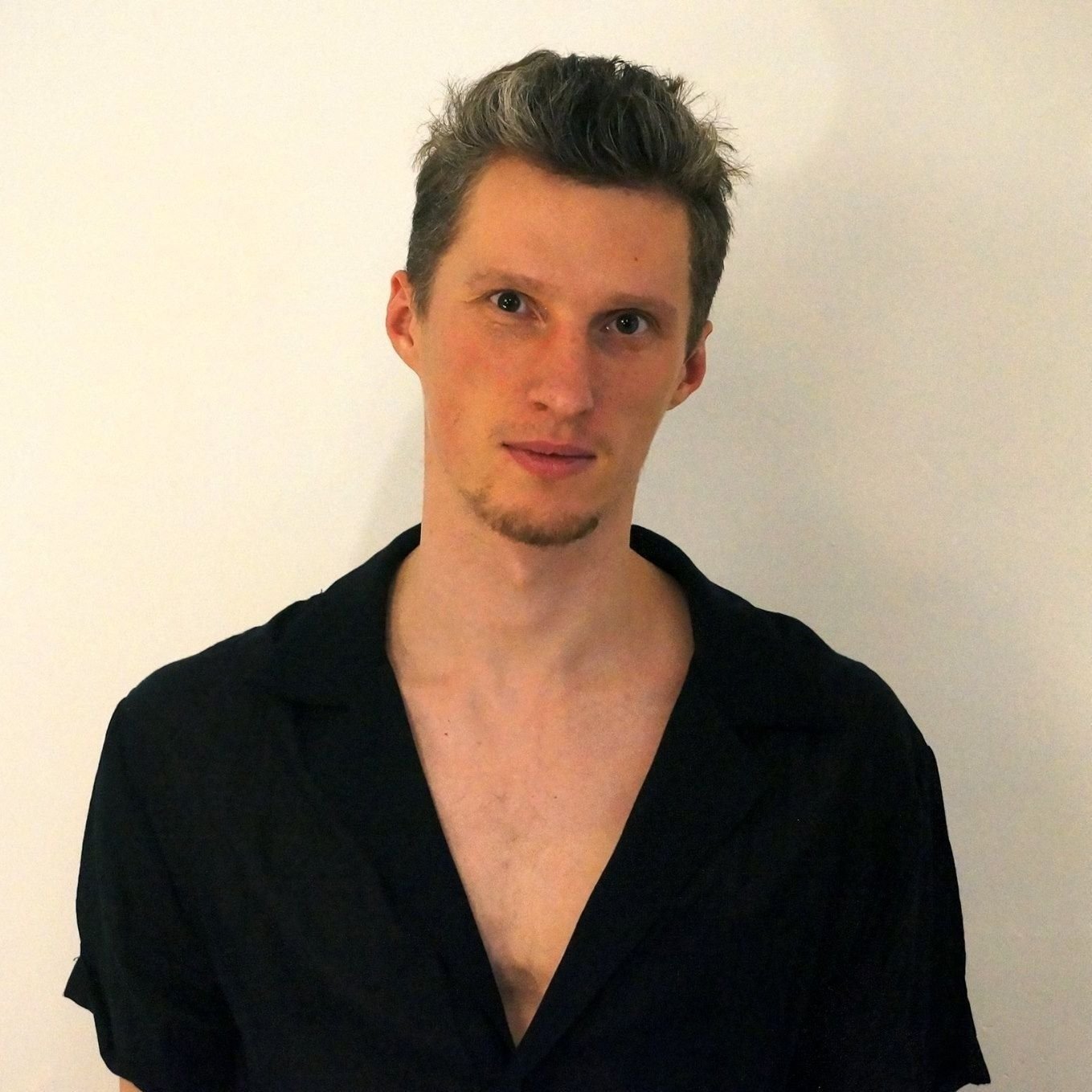This is a travel through the senses, from embryological origins to their function and integration in life. Students work with the 7 senses of touch, taste, smell, balance, proprioception, hearing, and vision, learning the anatomy and exploring the actions of each of the senses.
Somatizations and movement explorations will allow students to discover their own pathways of these special senses and their role in development. Other learning methods include movement, touch, discussion, and the on-going exploration of how scientifically-based information is embodied in experience and somatization.
The fluid body preceded the nervous system. The rhythms of blood, lymph, craniosacral fluid, cellular and interstitial fluids, set the timing and experience of one's self. Through the fluids, individuals can allow feelings to be known and to be expressed or transformed. In this workshop, the class rejoins these ancient rivers and this ancient state of awareness and being.
Fluids underlie dance and flow, as well as awareness in motion. Is this what you mean? An often under-estimated system, the fluids bring great benefit to clients, as they benefit from the deep nourishment of flow and understanding of circulation. The fluids offer learning about giving and receiving, as well as cranial-sacral healing and embryonic breathing and movement. This class is an important continuation of embryological development rhythms that set the Vagal tone and the basis of the Nervous System - as well as understanding the systemic support pre-birth and post-birth as well as the role of the placenta in our spirit and resiliency.
Learning methods include movement, touch, discussion, and the on-going exploration of how scientifically-based information is embodied in experience and somatization.





















